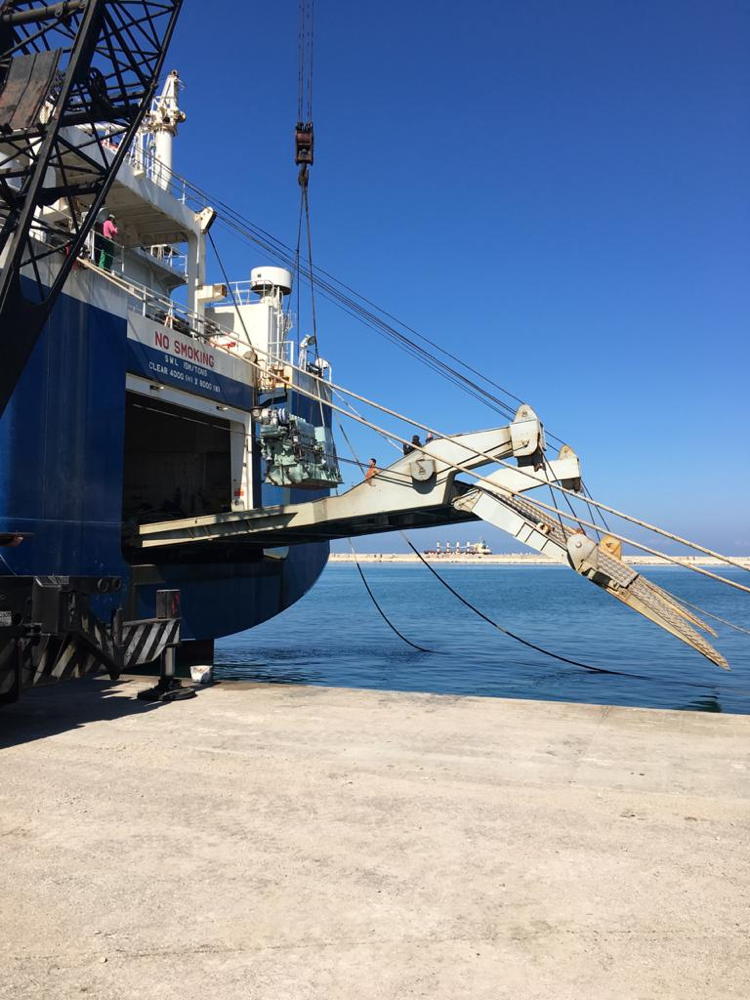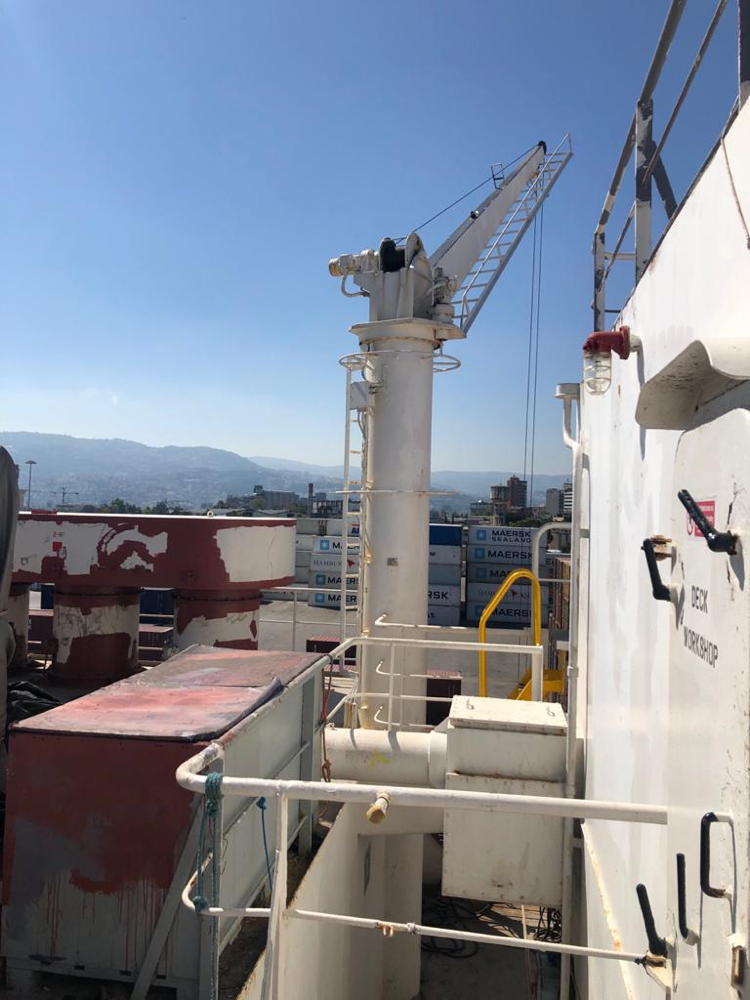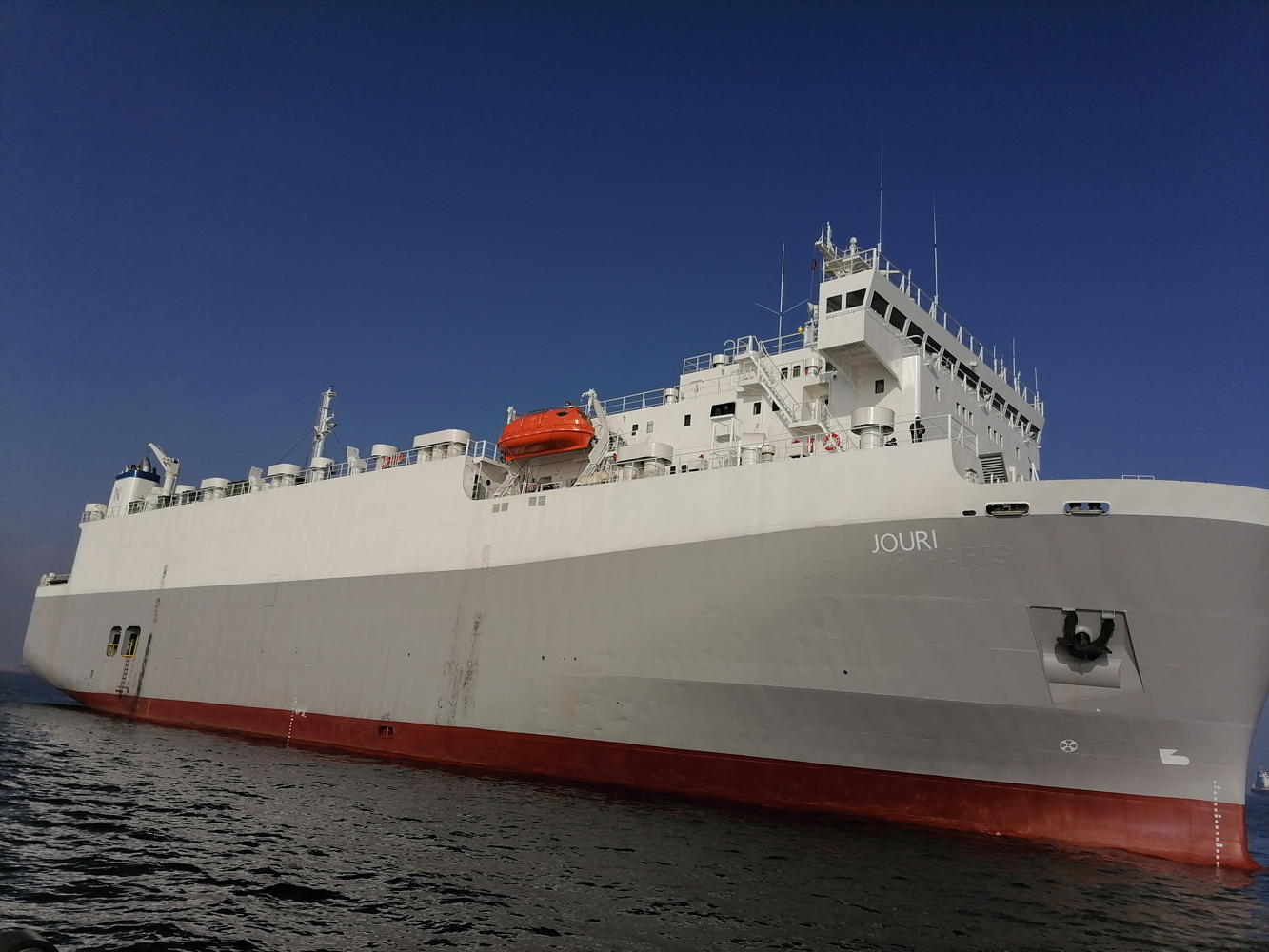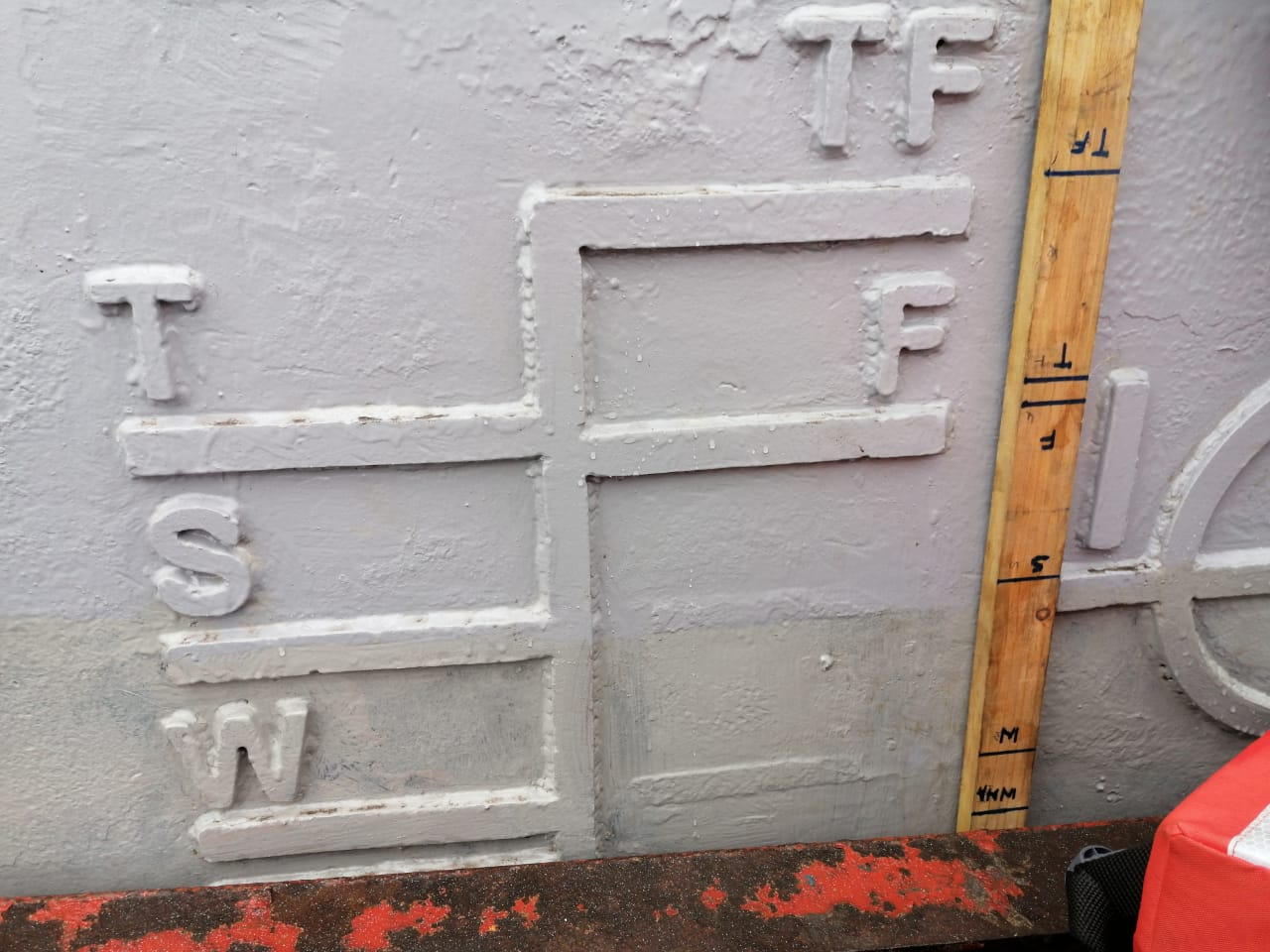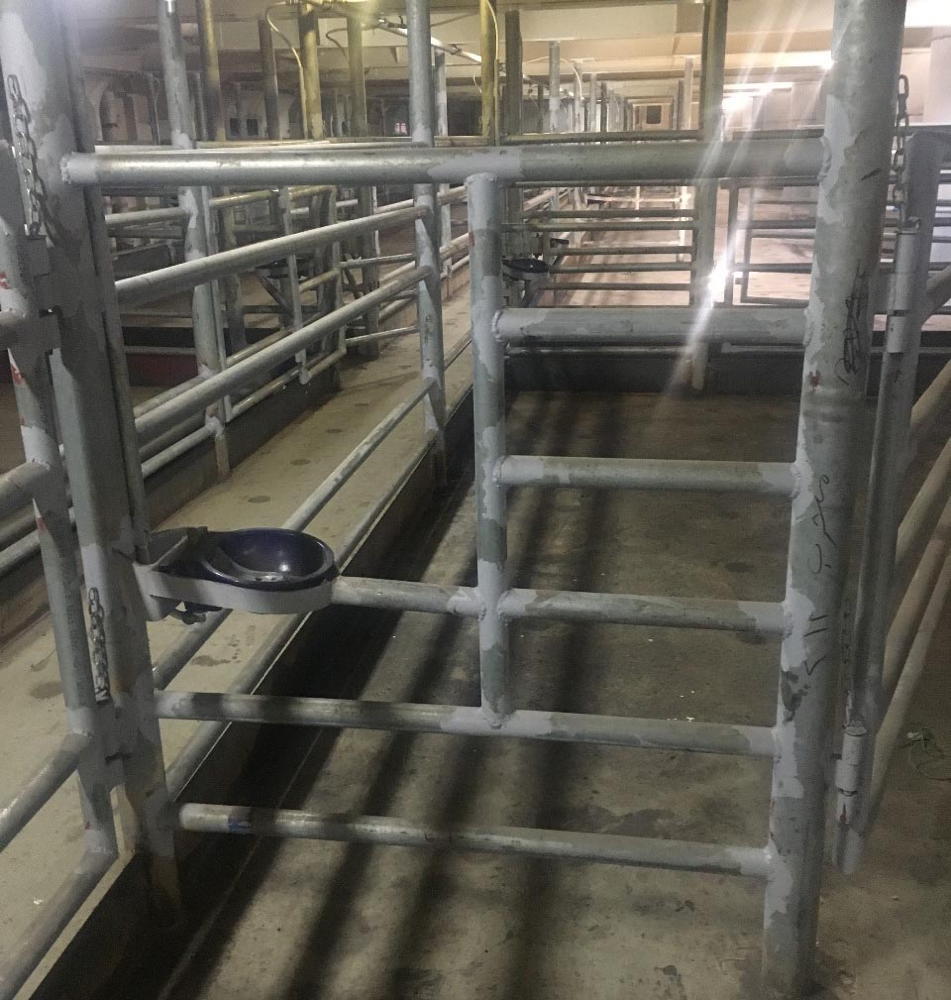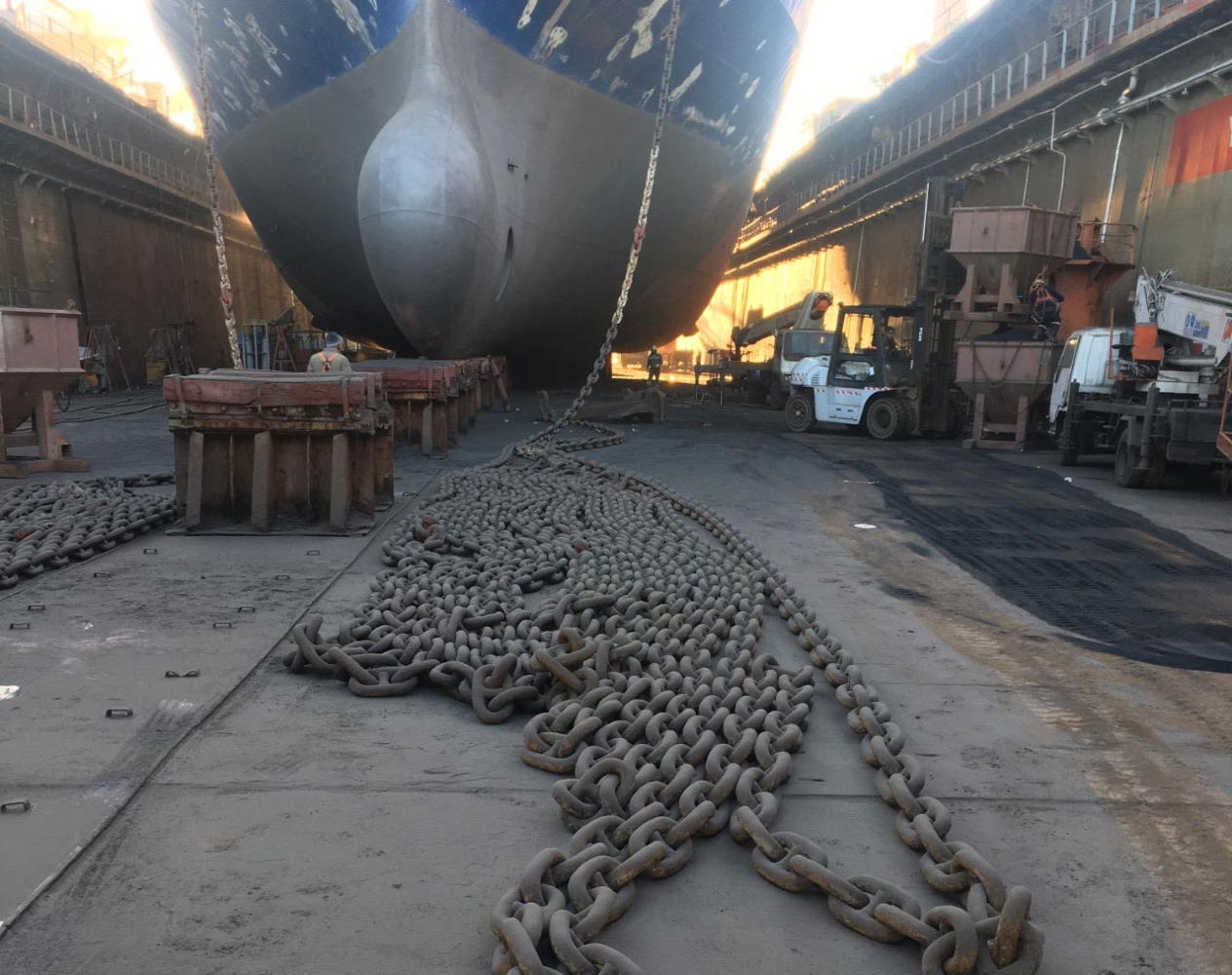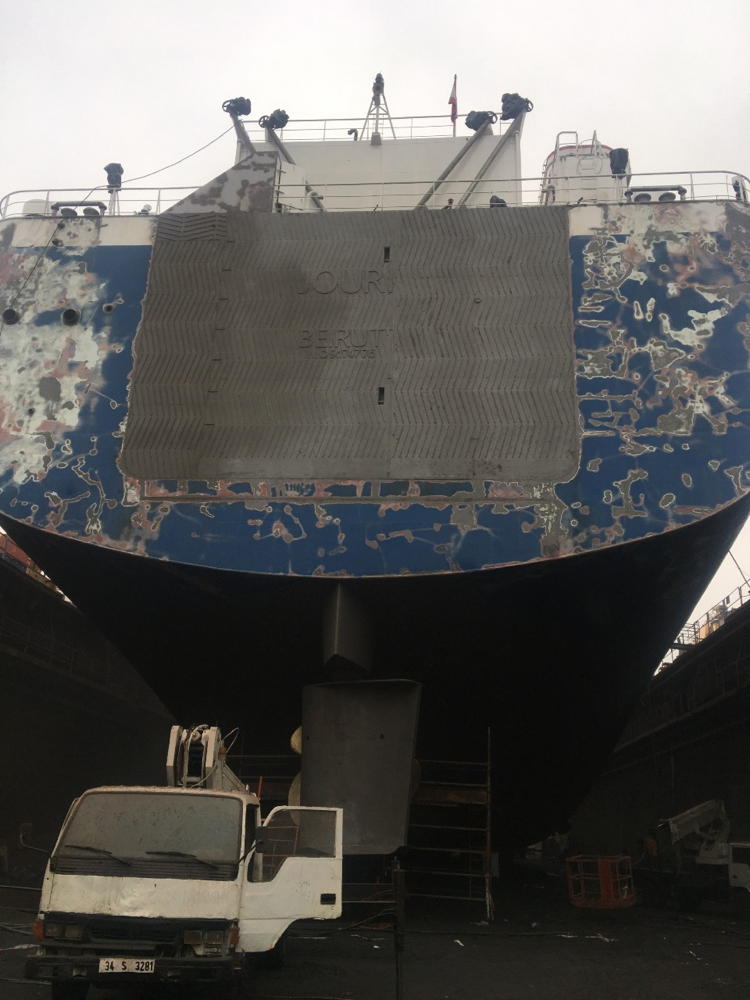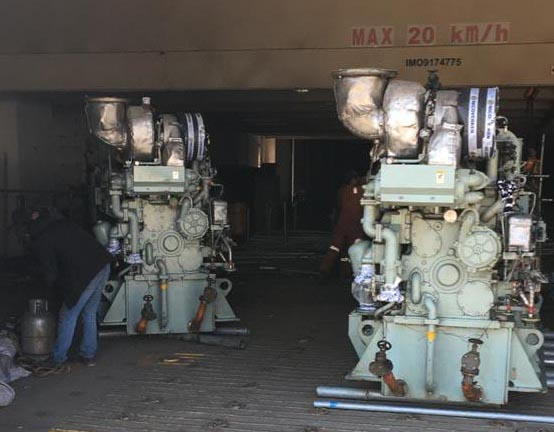From a car carrier to a lifestock carrier – what may seem somewhat exotic at first glance could develop into a series. A Case Study
Built in Japan in 1999, operated on the world’s oceans – a frequent guest in German ports, among others – sorted out[ds_preview], sold, converted in Turkey. This is how the life story of a ship reads which, after more than 20 years of service, is being repurposed.
Because lifestock is to be transported in the future instead of cars and RoRo cargo, the freighter had to undergo more than just a cosmetic overhaul. The former »City of Paris«, a 99m long and 20m wide car carrier, originally had a capacity for 800 CEU at 9.950 GT. But from now on it will not transport vehicles but animals.
Nissan Car Carrier and Euro Marine Logistics respectively used to send the ship to the German coast. This is now over as the companies’ car carrier fleet is being modernized. But the oldie did not go to the scrap yard. With Etab Shipping and Safe Sea Services from Lebanon, new owners and managers were found. For the extensive conversion project, they went to the Desan shipyard in Tuzla, Turkey, supported by the Indian classification society IR Class, which gave HANSA some insights into the project.
With »Jouri«, IR Class has now classed its first vessel under the Lebanese flag. The complicated conversion included structural modification, plan approval and reapproval of stability conditions.
»The project took around four months to complete, including overcoming technical challenges like the location of permanent ballast and arrangement for storage of cattle feed to take into account the stability of the vessel,« IR class stated after the conversion.
The single steps for class
First, IR Class received a request from the owner for a conversion from »RoRo (Vehicle Carrier)« to »Livestock Carrier« along with change of vessel class. Moreover, the flag was changed from Isle of Man to Lebanon.
• All vessel plans (hull, machinery, electrical and statutory) were reviewed for compliance with relevant rules and regulations. This took approximately three weeks.
• Transfer of class as per classification rules. Timeframe: Approximately two weeks.
• Approval of plans towards conversion from vehicle carrier to livestock carrier. Timeframe: approximately two weeks.
• Survey towards conversion including location of permanent ballast, inclining and stability verification. Load-line survey as per the convention: Approximately eight weeks.
• Scantling re-evaluation towards revised draft carried out due to the conversion and related surveys: Approximately one week.
• Complete surveys towards change of class / change of flag / conversion plan approval were all completed in approximately four months.
Challenges
As the »biggest challenges« IR class names vessel compliance with the stability requirements. After considering the effects of the shifting of livestock and various other external and internal factors it was decided to put in permanent ballast. Another challeng arose with the placement of the permanent ballast including the calculation on the weight and its location. »Since it is a closed livestock carrier and all the animals pens are located within the holds and internal decks of the ship, we had to verify and certify that the arrangements provided ensured adequate ventilation, lighting, watering and feeding,« IR Class explains. Hence, additional ventilators were installed on board.
Stages of conversion
For the classification society, the conversion includes different stages like plan approval process, on-board verification, sea trial and certification. At the initial stage, the plan approval team carried out a feasibility study towards the regulatory compliances and requirements based on the plans submitted by the client. A group of experts in structural, machinery, electrical and stability disciplines scrutinized each plan and document in-depth and identified any flaws in the design and provided solutions and modifications to comply with the rules.
More focus on the arrangements for the livestock was required, such as:
• Structural integrity of the vessel due to conversion
• Arrangement of livestock in pens
• Access and escape routes from livestock pens / decks
• Ventilation system
• Storage and distribution system for fodder and water for the animals
• Water washing system
• Sewage drainage and discharge system
• Load schedule of main and emergency power
• Electrical equipment and panels
• Main and emergency lighting system
• Firefighting arrangements in livestock spaces and arrangement of firefighting appliances
• Stability of the vessel
After the completion of the plan approval process, site surveyors carried out a detailed inspection based on the reviewed plans and comments provided by the plan approval engineers – also to verify and confirm the quality of the steelworks, testing of equipment, working conditions of the systems installed onboard.
After modification and permanent ballast was in-situ, an inclining test was conducted to certify the weight and centre of gravity of the vessel under the supervision of the site surveyor. Based on the results obtained from the test and the proposed loading conditions, the stability expert teams verified the compliance of the vessel with the stability requirements including the effects of the shift of livestock and fodder in pellet from and the effect of wind.
Removal, renewal, installations…
Since it is a conversion from a RoRo Carrier to a Livestock Carrier, the existing securing arrangements, ramps, stern door, which were designed for vehicles, were all removed and new ramps and side loading doors were fitted for the loading and unloading of the animals.
Animals pens were installed on board based on the accepted dimensions to keep the livestock safe and secure, and the metal floor was coated with special anti-skid paints to provide a non-slippery surface.
»Considering it is a closed livestock carrier, the most important consideration was the installation of mechanical ventilation for each space«, the classification society emphasizes. This provides air circulation and sufficient air change for the entire volume of air in that space i.e. to achieve the required minimum amount of air changes per hour. Also, for the electrical supplies for the main and back-up systems, two additional generators were fitted – one on the forward and one on aft deck.
Furthermore, fodder tanks were fitted at the aft of the vessel to carry the feed for the animals along with a distribution facility to carry the feed from the tanks to each deck with enough spaces to supply feed to animals.
Reverse Osmosis (RO) Plants were installed for the continuous supply of fresh water for the animals. The fresh water from the RO plants is stored in the tanks and continuously supply water through pumps and distribution lines to the local water pods situated in every corner of the animal pens. A permanently fixed lighting system was installed to give a sufficient level of illumination in passageways between the pens and access route and also, an emergency permanently fixed lighting system was also provided in case of failure of the main electrical system.
Based on several calculations to improve stability, permanent ballast was also installed on-board under supervision of IR class.
The start of a series?
»Our first conversion project from a RoRo carrier to a Livestock Carrier met our client’s expectations without any hassle or delay,« an IR Class spokesperson tells HANSA. The class society’s teams were able to keep the project on track during all stages of the conversion by providing round the clock technical support and guidance to the yard, designers and the owners. According to IR Class, »each and every matter« was discussed with all the parties involved at each stage of the project »with the prompt actions by all involved being the key highlight of this project.«
In spite of the challenges and complex work, IR Class intends to continue to carry out such projects in the future. Apparently there are already more or less concrete plans: »Since this conversion and the confidence of the owner in the abilities, IR Class has been awarded other conversion projects. We are now working on a similar conversion for the ›City of Barcelona‹,« the Indian classification society says.





